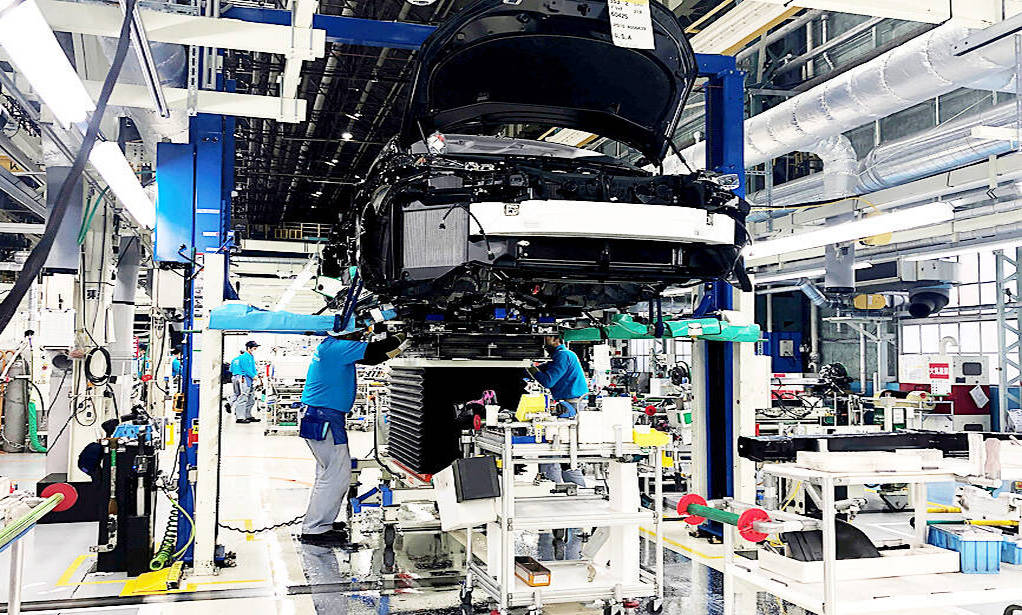Toyota is developing a regenerative fuel cell for the manned pressurized rover, nicknamed the Lunar Cruiser, for the lunar polar exploration mission (LUPEX) as part of projects led by the Japan Aerospace Exploration Agency (JAXA).
During an update on the development status, Ken Yamashita, Project Head for the Lunar Exploration Mobility Works Project, noted that the technologies under development and being fine-tuned for the lunar rover will be applied back on Earth. One of those is the regenerative fuel cell (RFC) system. (Others are off-road driving performance, automated off-road driving, and the user experience.)
A regenerative fuel cell has the ability to function as a fuel cell that converts hydrogen and oxygen into electricity and water, and as an electrolyzer that produces hydrogen and oxygen through the application of electrical energy. This dual-mode operation allows the fuel cell to switch between being an energy generator and an energy storage device.
One of the key challenges for the Lunar Cruiser is making it through the lunar night (14 days) without sunlight. Toyota is looking to the RFC to produce hydrogen and oxygen during daylight hours and then use the fuel cell to supply electricity at night.
There are a number of technology issues to solve for this application, including lightweight storage for both hydrogen and water. Toyota is partnering with Mitsubishi Heavy (MHI) on marine electrolysis technology for that aspect of the RFC, and leveraging its own fuel cell work as well.
The development of RFC technology could enable high-efficiency hydrogen production using sunlight, making it compact and lightweight enough to be mounted in vehicles. Overall, Toyota sees RFC technology as contributing to global circular living and carbon neutrality.
Tags: Fuel Cells, Toyota

Recent Posts
Chapman Freeborn OBC to reduce carbon emissions
OTG develops programme on ammonia fuel safety
Holland America’s cruise ship begins biofuel test
DNV releases April figures for Alternative Fuels Insight (AFI) platform
EPA approves 20% blend of renewable gasoline
India gets major push with first multi-purpose Green Hydrogen project
Carbon Clean starts CCS module construction
All American delivers hydrofoil-assisted tour vessel